RARE! WWII 1940 Battle of France Officer P.H.M. Richey's Shot Down R.A.F. British Hurricane (L1685) Wreckage Fragment - Recovered Mont St. Jean, Aisne
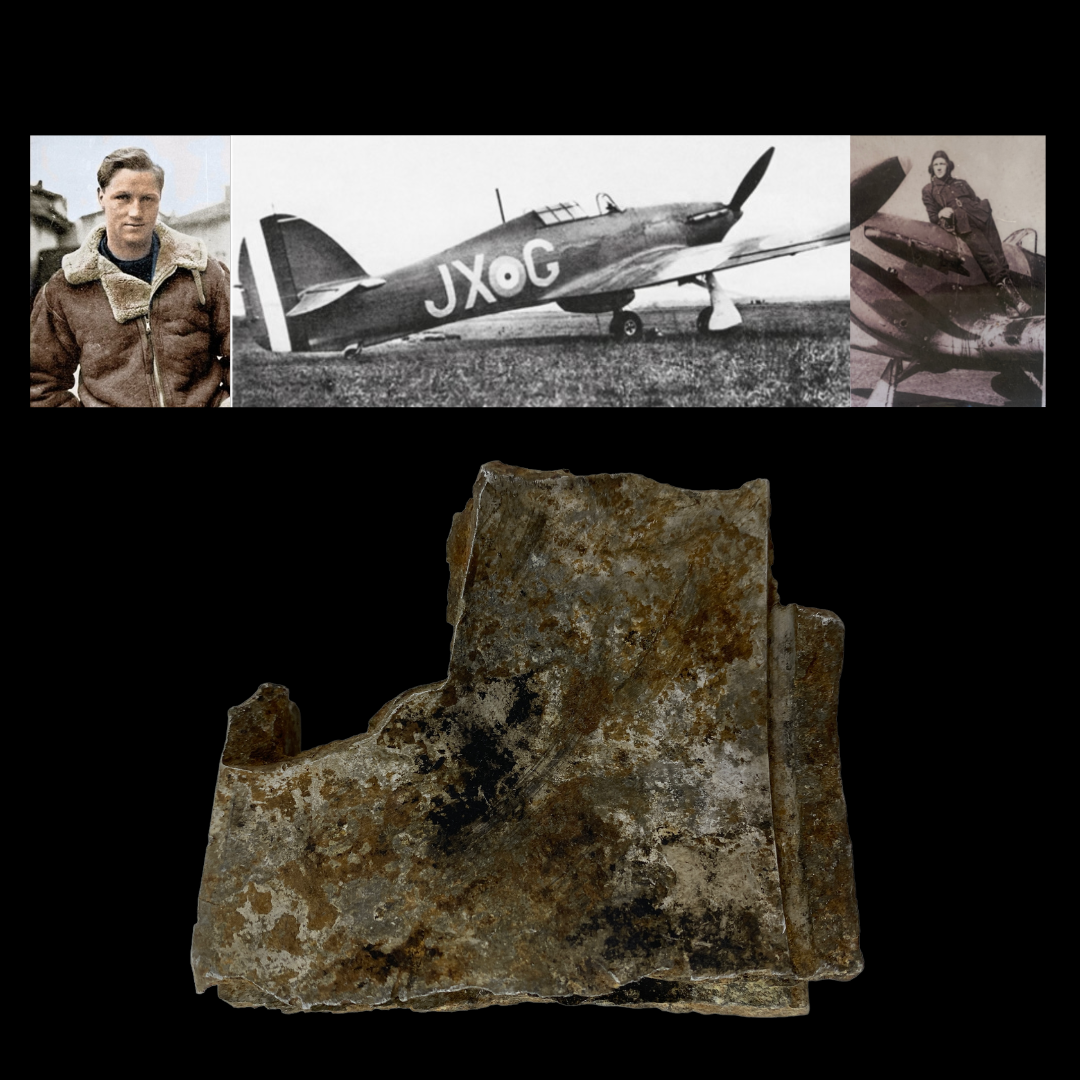
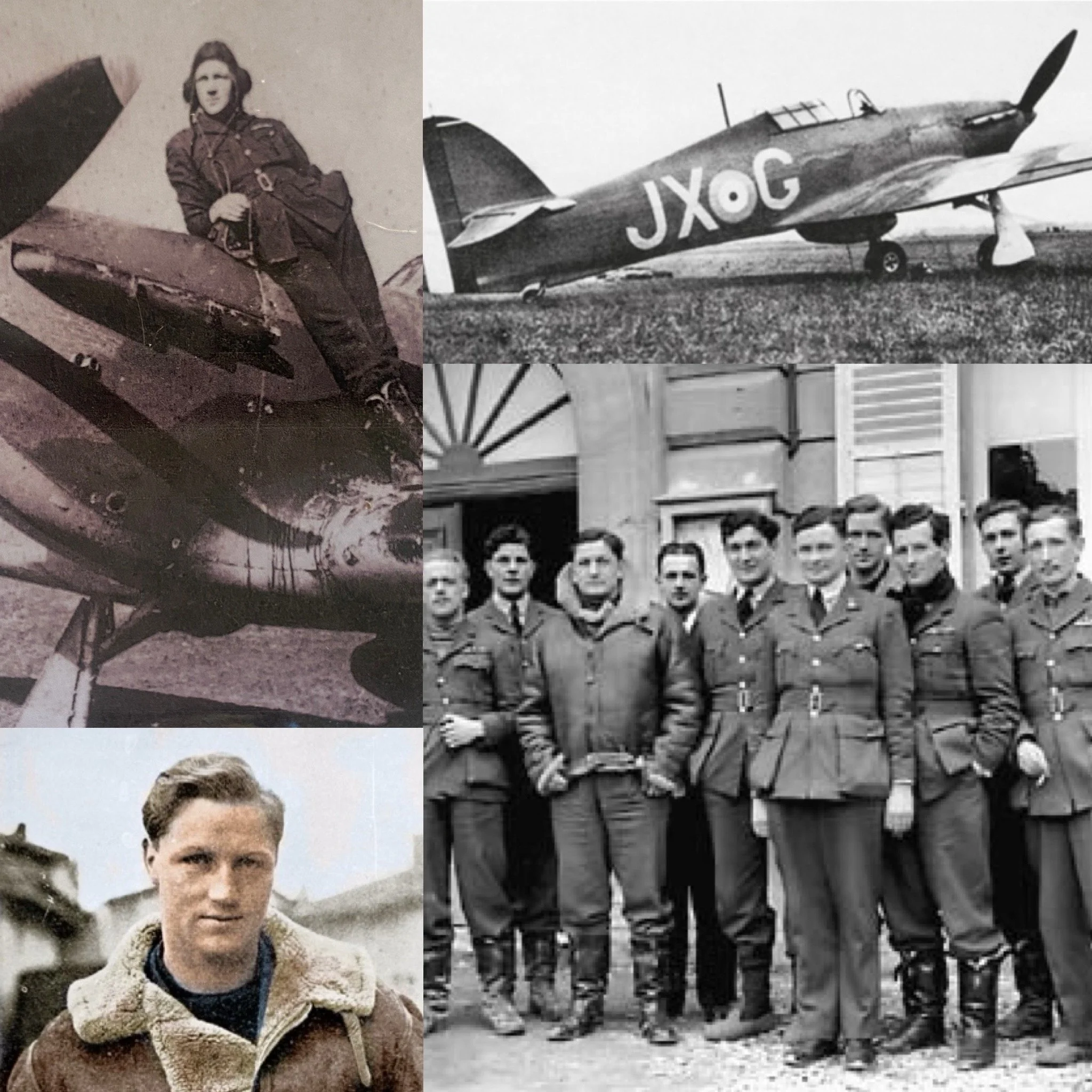

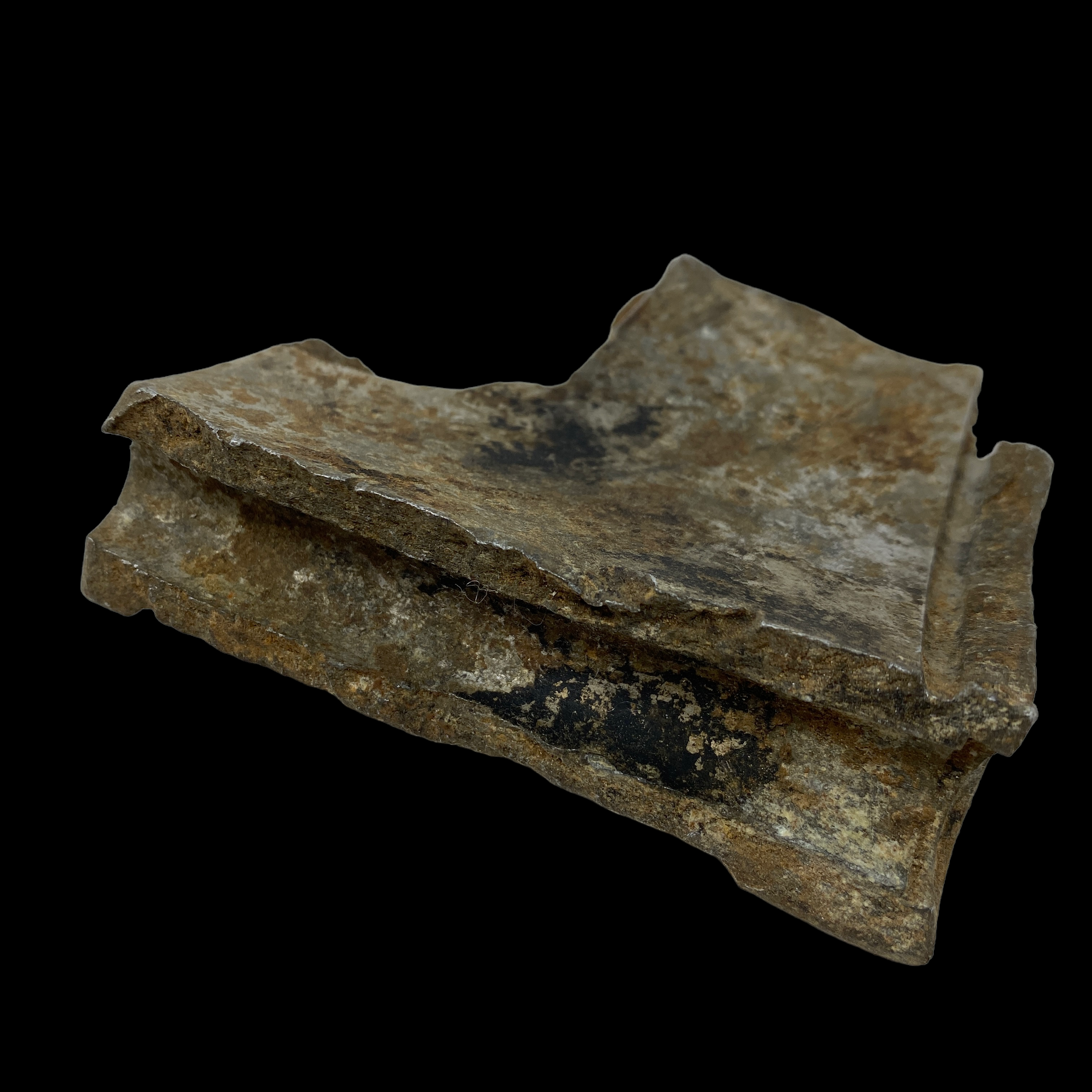
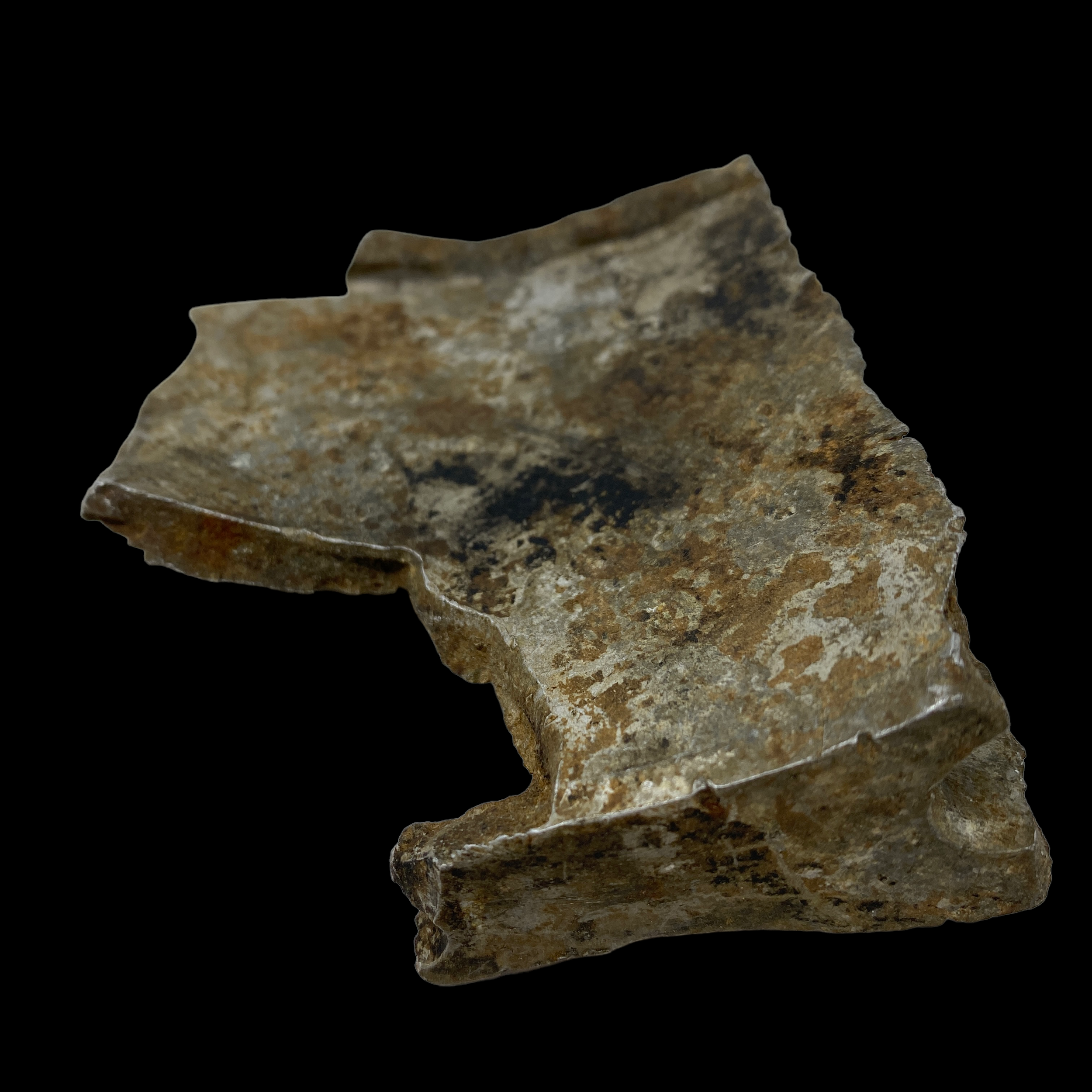
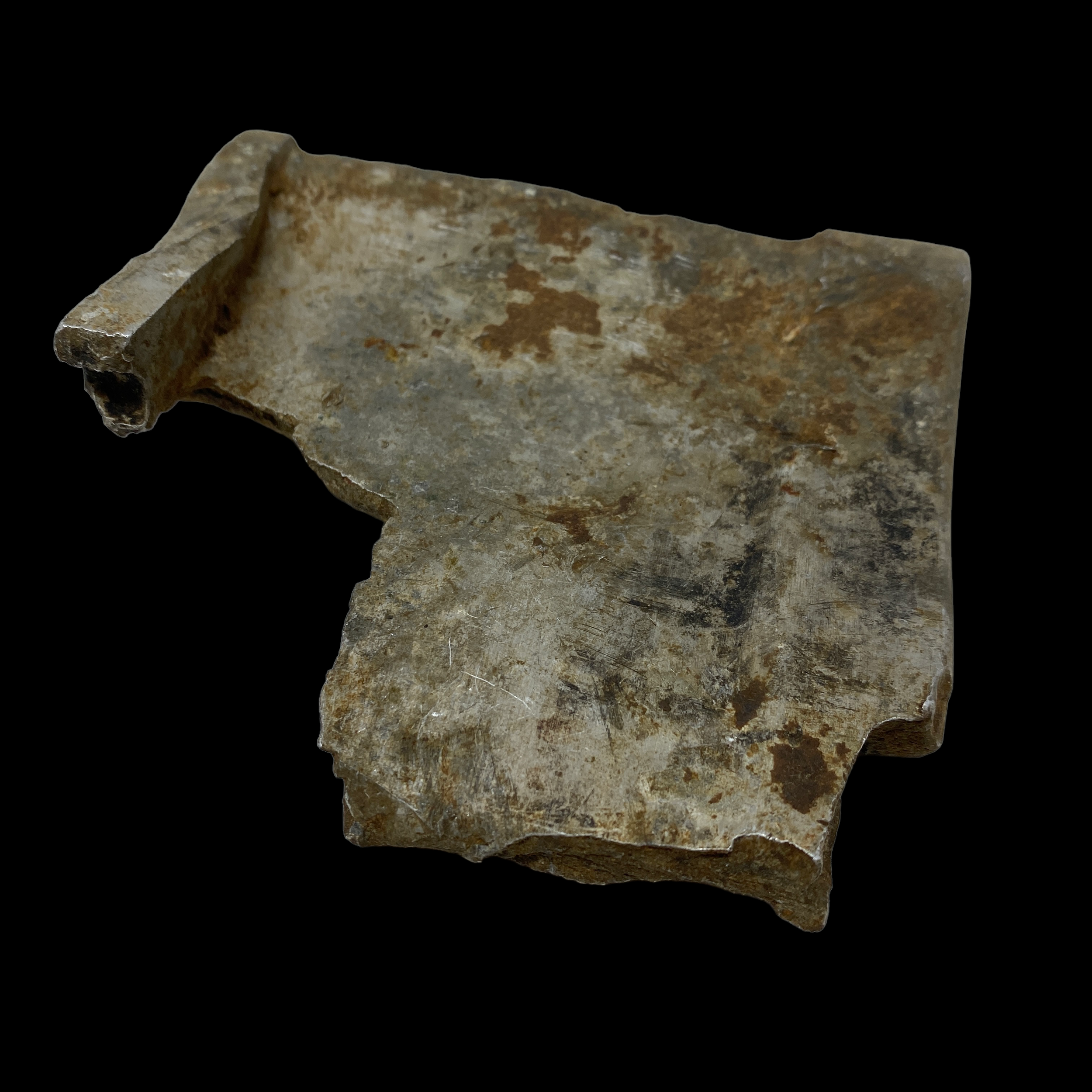

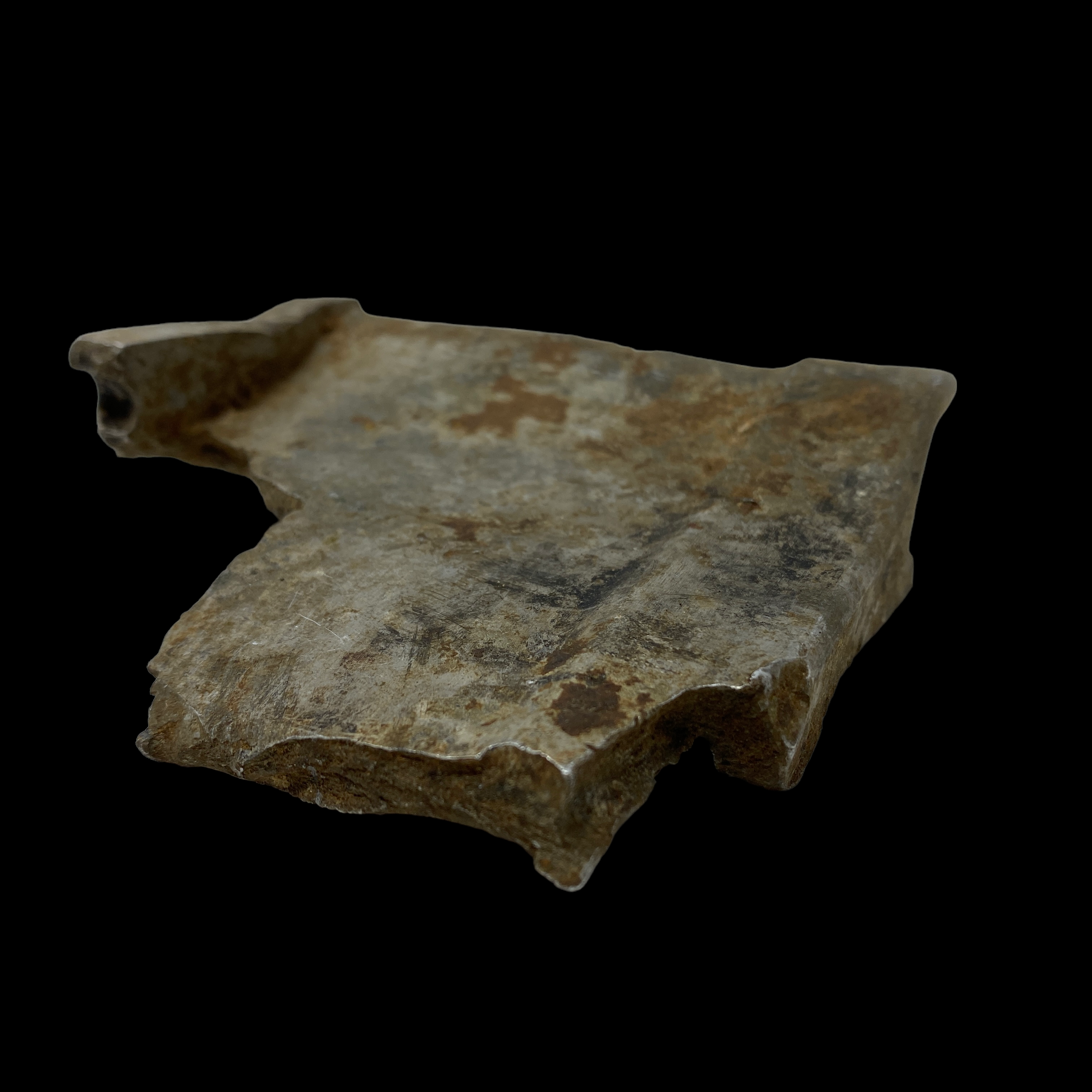
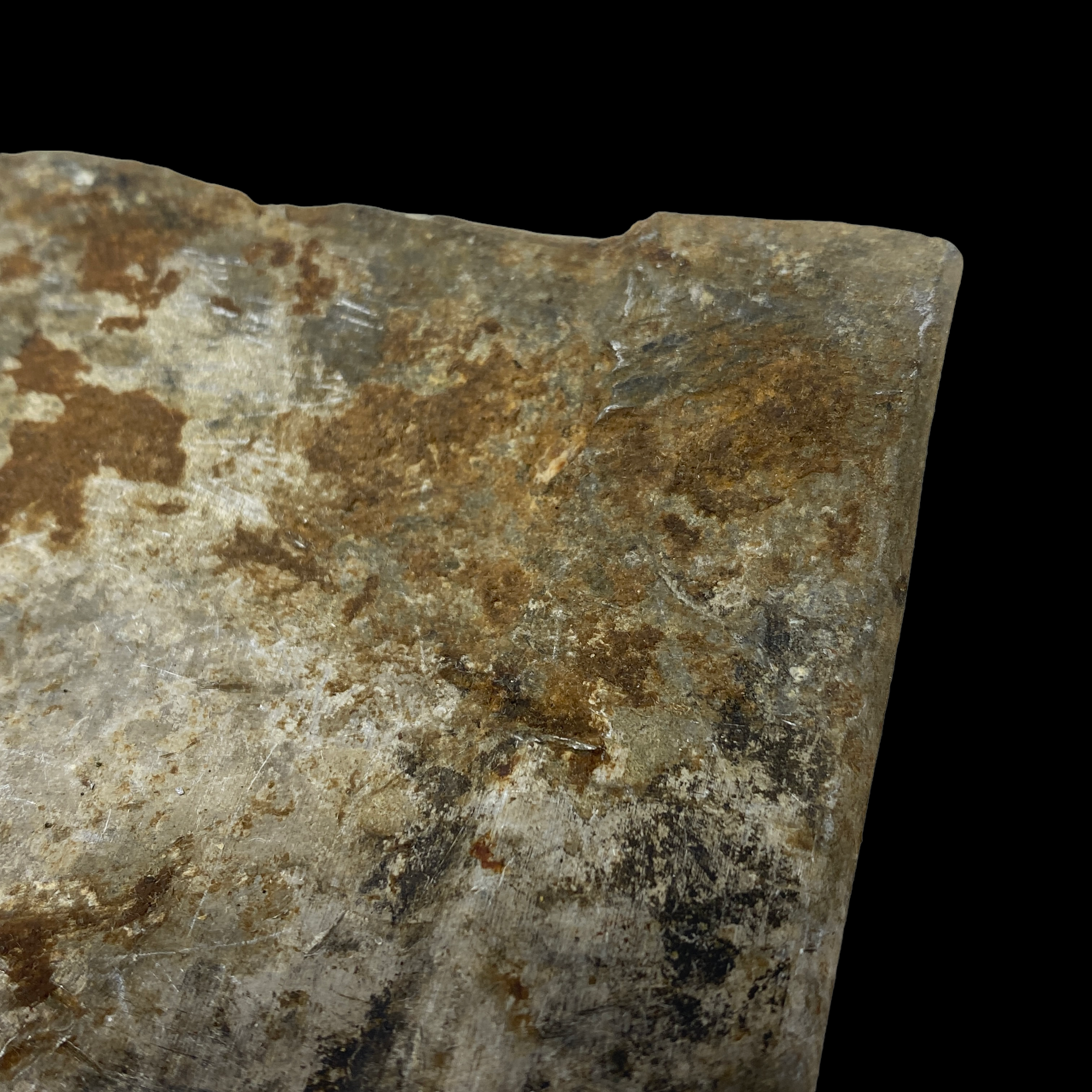
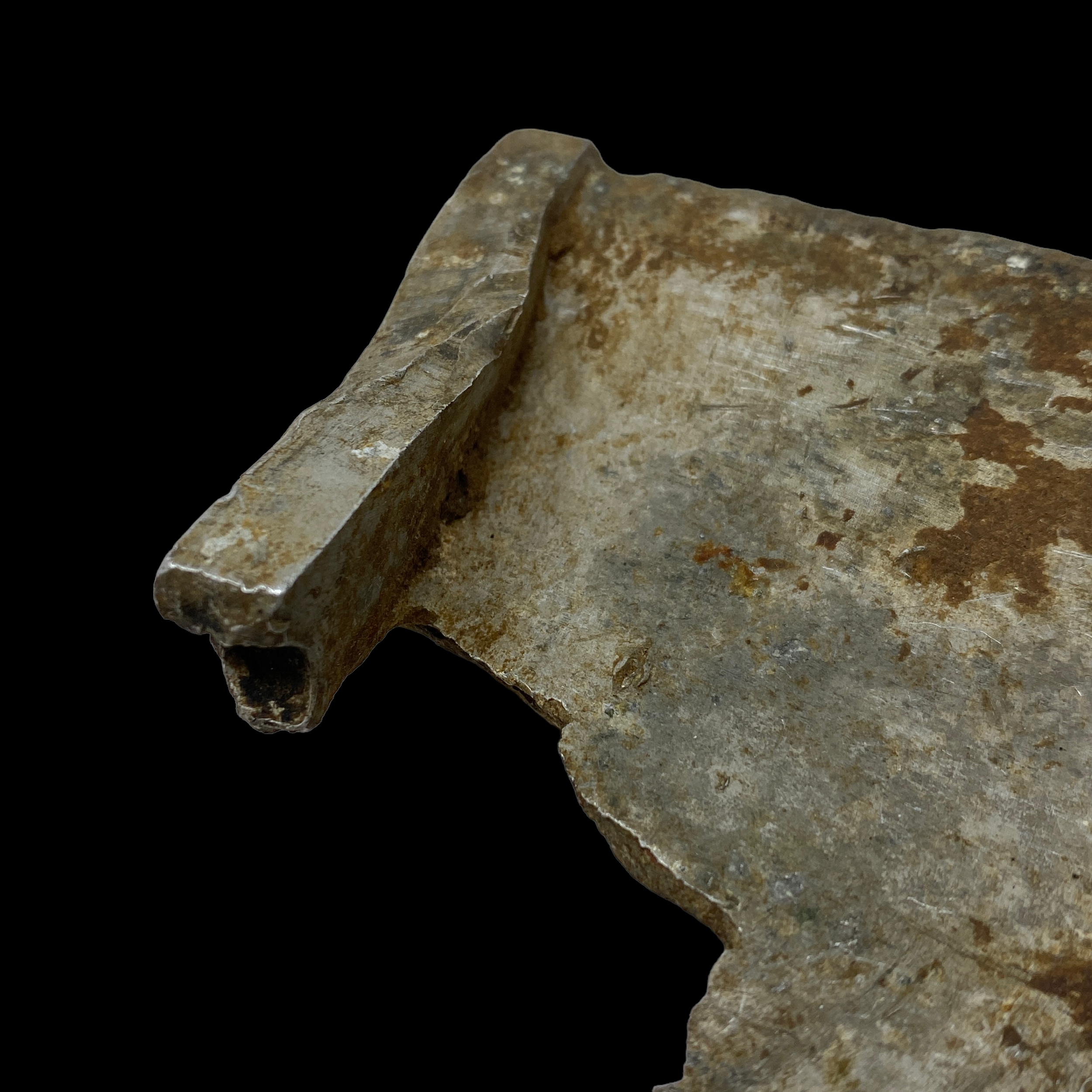
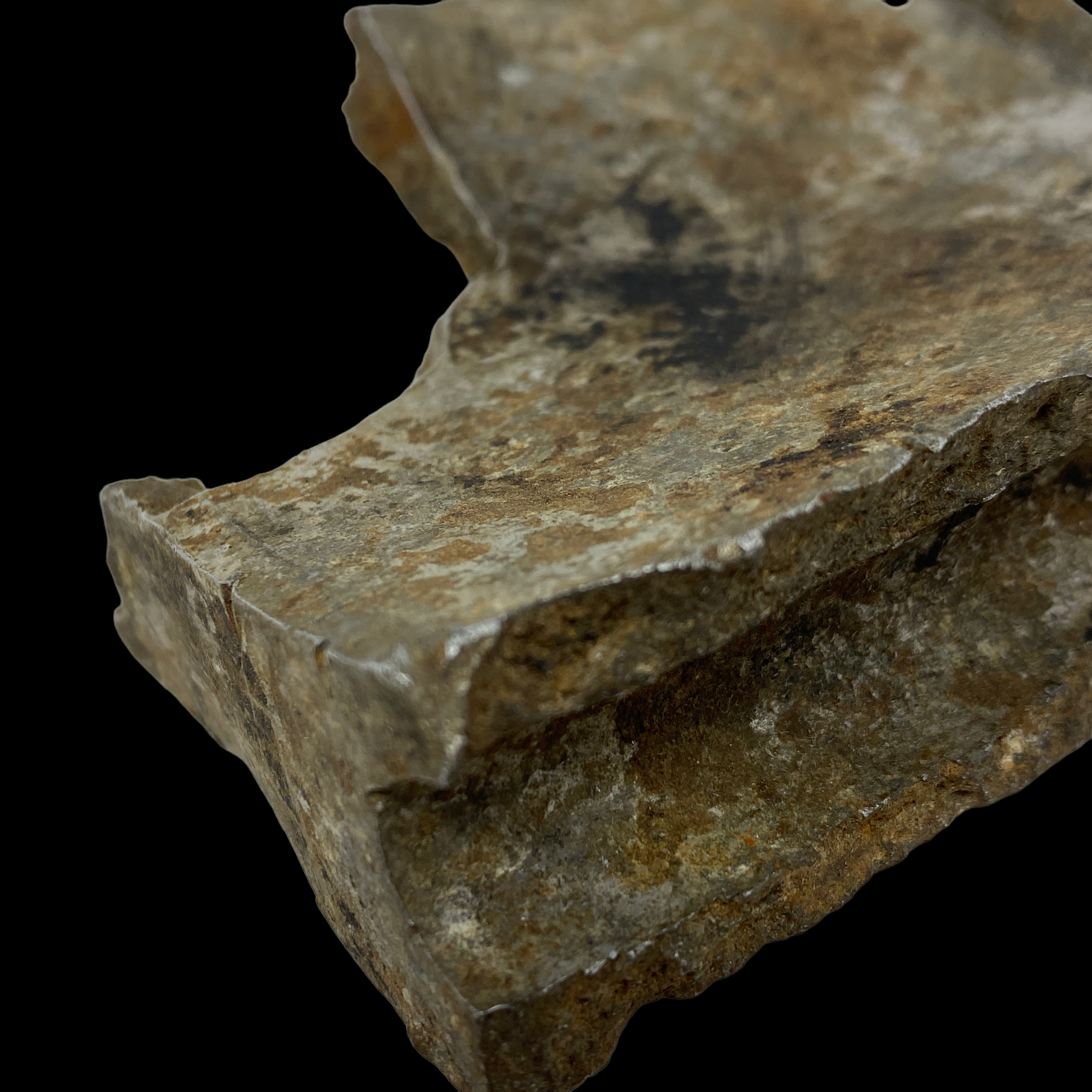
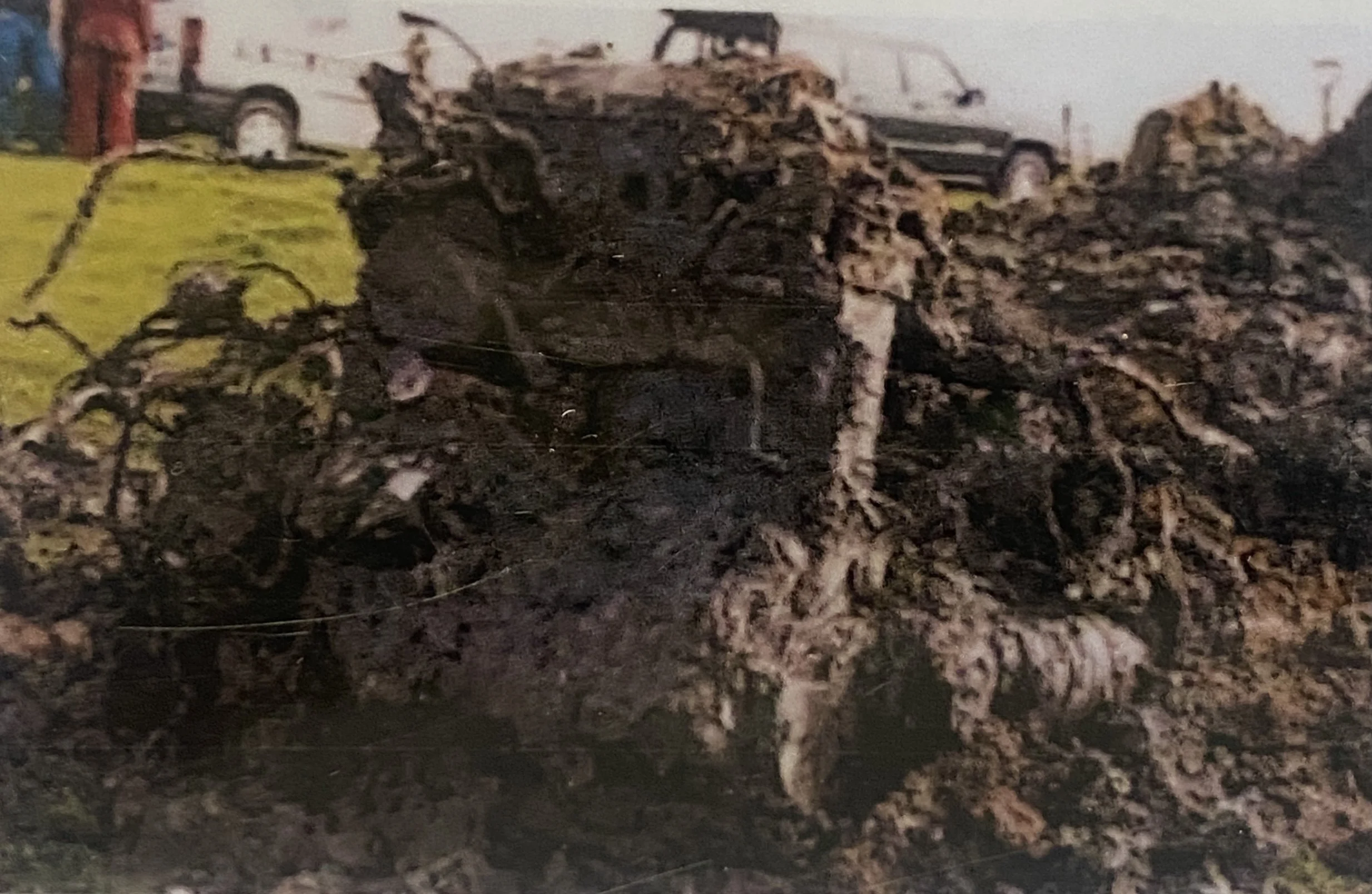
RARE! WWII 1940 Battle of France Officer P.H.M. Richey's Shot Down R.A.F. British Hurricane (L1685) Wreckage Fragment - Recovered Mont St. Jean, Aisne
Comes with hand-signed C.O.A.
This incredible rare and museum grade WWII artifact is a Battle of France R.A.F. aircraft wreckage fragment from British Hurricane (L1685) of No. 1 Squadron. This British Hurricane was pilot by Officer P.H.M. Richey who was shot down at 19.15pm on May 11th, 1940 during a dog fight with a German Messerschmitt (ME 110) over France.
This R.A.F. Hurricane (L1685) was shot down in combat with Messerschmitts (ME 110) of 1./ZG over Brunehamel. After his Hurricane was severly damaged during the dogfight, R.A.F. pilot F/O P.H.M. Richey bailed out safely near Rumigny (just west of Chareville, France). Officer P.H.M. Richey shot down two Messerschmitt (ME 110)’s on May 11th, 1941 in the combat area just before he was shot down. After bailing out of his aircraft this British Hurricane (L1685) crashed at Mont St. Jean, Aisne.
In 2000 the crash site of Officer P.H.M. Richey’s Hurricane was discovered. The field where it crashed had never been ploughed since the crash, leaving the plane buried for more than 50 years. The intense fragmentation of the aircraft pieces show how hard Officer P.H.M. Richey’s Hurricane impacted the ground. Through a later investigation it was determined that Officer P.H.M. Richey’s Hurricane hit the ground inverted and at an angle of around 60 degrees. The direct impact point was at the top of a steep slope, leaving many wreckage pieces spread out over the lower section of the meadow.
*Flying Officer PHM Richey, later authored the book Fighter Pilot, one of the classic books of the R.A.F. during WWII. Before he was wounded on 19 May, Paul Richey had claimed ten victories. He later returned to operations in 1941, and also ended the war as a Wing Commander.
An excerpt from Officer PHM Richey’s Book:
“Fighters came across in big formations: sometimes three squadrons of 109s would do a sweep as far as Metz and Nancy. The 110s had made their first appearance at the end of March, in close squadron formation and very high, only engaging when pressed into it by our Hurricanes. It was obvious that the Germans were practising offensive tactics, and it looked as though the bust-up might come soon.
This thought caused us to pay even more attention to our aircraft. Every pilot takes a pride in his own aeroplane, but the knowledge that he may be in action at any moment is naturally an additional incentive. There was now a marked increase of interest in the individual Hurricanes, and long hours were spent by ground crews and pilots in flight testing, altering rigging, adjusting control wires to the preferred tautness, tuning the engine, harmonizing the sights, checking the guns and testing them in the air, and generally getting everything on the top line.
For the benefit of the layman I should mention that the crew of a lighter does not consist solely of the pilot, although he is the only member who flies: the other two members, who are aircraftsmen, are just as vital; they are the fitter and the rigger. The fitter looks after the engine, the rigger the airframe. The pilot depends on these two men for his life. Normally the fitter and rigger take a personal pride in their pilot and would do anything for him. They are inextricably involved in his victories and defeats. Consequently there is a wonderful spirit of teamwork and comradeship between the pilots, who are mostly officers, and the men not only the fitters and riggers, but all the men in the various technical sections right down to the aircraft hands. My own fitter and rigger were two fine chaps, and much later, back in England, I paid a visit to my old squadron specially to thank them for the invaluable work they had done for me during the French campaign.”